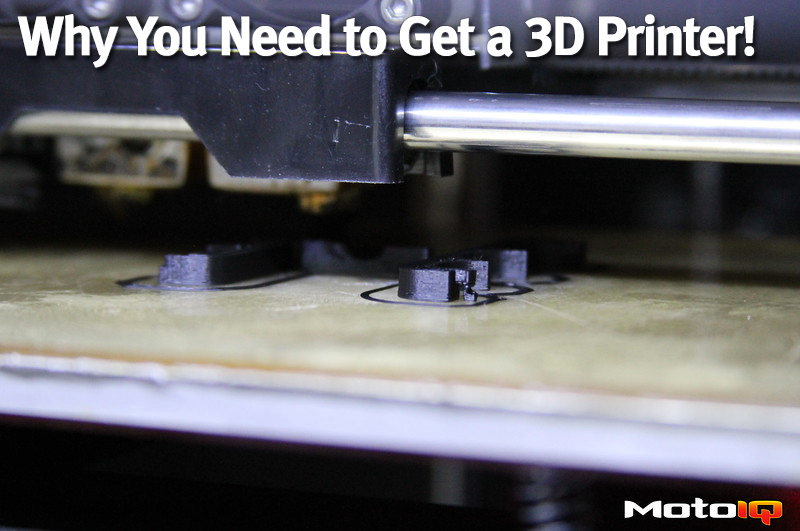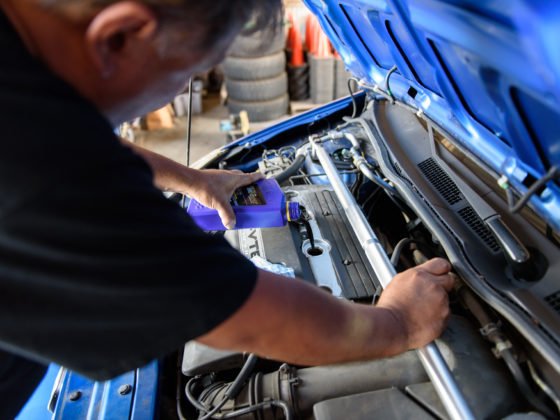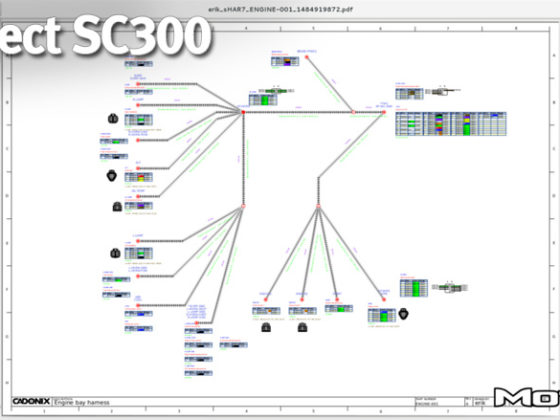Why do you need a 3D printer? A better question would be, why haven’t you got one yet? 3D printing has long been hailed as the “next big thing in tech”, and it’s for a good reason. It allows you to manufacture parts for literally pennies, without any tooling and setup costs, which can’t be said about other manufacturing methods, such as injection molding or CNC machining. In addition, with printing, you can make parts that just can’t be manufactured by other methods. Because the object is built from scratch by depositing material where it needs to go, rather than starting with raw stock and cutting it to shape, you can build completely enclosed objects that have cavities inside of them. Even casting or injection molding can’t match the geometric possibilities that printing offers you. A 3D printer is one of those tools that just seems to have endless possibilities. If you can dream it, you can make it.
Here is a list of some of the things I have made with my printer so far:
- Custom spacers (for testing wheel offsets)
- Prototype offset rack spacers
- Camber gauge
- X-brace jig (helps make perfectly straight roll cage X’s)
- Tube rotation gauge (for measuring the angle between bend planes when bending roll cage tubing)
- Custom hood hinges
- Clutch/brake pedal switch buttons
- Tire machine clamp base covers
- Cheetah (bead blaster) lip cover
- Replacement windshield wiper mounts
- Replacement keyboard legs
- Door lock knob
- PCB enclosures
- Gas pedal lock (prevents the gas pedal from pivoting on s13’s, super annoying)
- Random mounting clips
- Custom candle holders
- Alignment string holding brackets
- Intercooler mounting brackets
- Rear windshield wiper hole plug
- Giant fender washers.

There are a couple of downsides to 3D printing, however. For one, you are limited to mostly plastic or plastic-like materials (unless you pay a lot of money), which obviously aren’t as strong as aluminum or steel. This fact alone can make a printer seem fairly limited in capabilities, however, you can often design your parts to accept raw metal stock to strengthen it in load bearing areas. Printers are also very finicky. They require constant tinkering with settings to get quality prints (this largely depends on how nice your printer is), and you have to “retune” it every time you switch to a different filament, as different filaments have different properties. Also, despite the fact that printing offers extraordinary capabilities, it does have limitations in geometry, specifically with overhangs. Since printing relies on depositing new material on top of old, it struggles when you have overhangs or bridges, where the printer is forced to print “mid-air” instead of on existing material, often requiring you to print supports which you have to remove after the print is done. Lastly, printers really struggle with dimensional accuracy. For complex designs, it usually takes me 2-3 prints to get a part that actually fits. Melting plastic is never going to achieve the same accuracy that a CNC mill is capable of, so you have to constantly play around with the dimensions in CAD after each print until you get it right. For example, if I want a 6mm hole, I usually have to actually make a 6.25mm hole in CAD for it to print a 6mm hole.

There is a wide variety of filaments that you can print with, such as Polycarbonate, ABS and PLA plastics, super flexible rubber like filaments such as Ninjaflex, ASA polymer plastics, copolyester composites, and there are even conductive filaments. The two most common materials are ABS and PLA, with most people preferring PLA because it’s a lot easier to get quality prints with it. However, if you are printing parts for use in cars, I strongly suggest to stick with ABS, as it’s a lot more temperature stable. PLA plastics can melt if you just leave them inside your car on a sunny day, on the other hand, I have ABS plastics directly bolted onto my engine block and they are holding up just fine.



